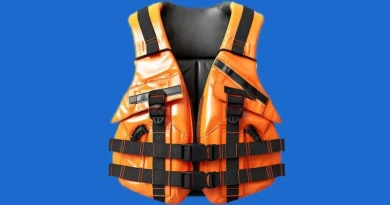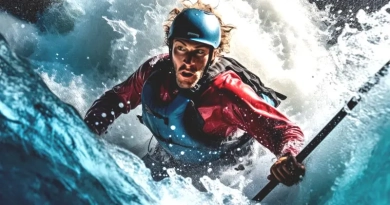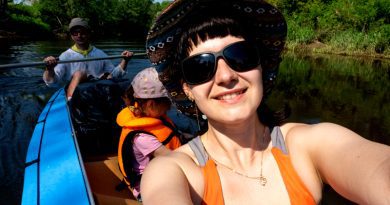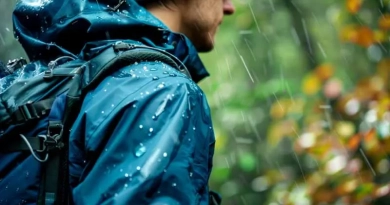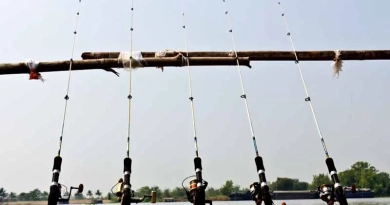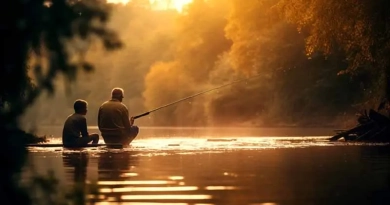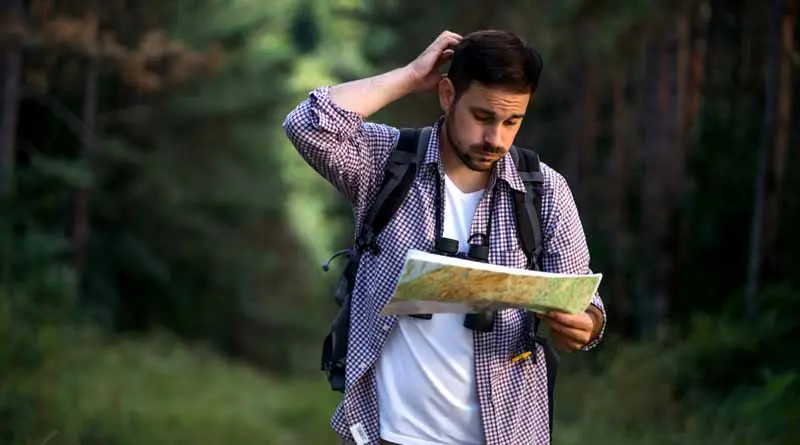
What are the best practices for avoiding getting lost?
Navigating with Purpose: Mastering the Art of Not Getting Lost
As I stood at the fork of two paths, each disappearing into thickets less traveled, a familiar unease settled in—this was the moment decisions mattered most. In the echoing silence of the wild, a question rose in my mind, almost palpable in its urgency: “What are the best practices for avoiding getting lost?” This wasn’t just a question of direction; it was about staying connected to the wider world, even as I ventured deeper into the unknown.
The Compass of Challenges
Getting lost isn’t just about a wrong turn; it’s about every small decision that leads away from certainty and safety. The primary challenge is the deceptive nature of paths less taken—what seems straightforward can quickly become a labyrinth. Beyond this, our reliance on technology can betray us; batteries die, signals vanish. The terrain itself can mislead, with shifting landmarks and paths obscured by nature’s relentless growth. The first step to not getting lost is recognizing these inherent risks and understanding that preparedness is more than just a good map.
Navigating through the wilderness, where every path could lead to a new discovery or a potential misstep, is more than just following a trail. It’s about understanding the complexities and nuances that come with moving through unpredictable terrain. The act of getting lost can stem from something as simple as a wrong turn, but more often, it results from a series of small decisions that gradually steer one away from safety and certainty.
The Deceptive Nature of Paths Less Taken
The allure of the path less taken is strong, but such paths can quickly become confusing labyrinths that challenge even seasoned adventurers. The primary challenge here is not just the path itself but also the environment in which it exists. Nature’s relentless growth can obscure trails overnight, and what was once a clear route can become nearly impassable. Additionally, the risks associated with our growing reliance on technology are increasing: batteries run out, devices malfunction, and topographical anomalies can block satellite signals.
The key to mitigating these risks is recognizing them from the outset. Preparedness extends beyond packing the right tools; it involves a mental readiness to face and navigate these challenges effectively.
Pathways to Certainty: Merging Old and New Navigation Techniques
The art of staying found has evolved, blending traditional skills with modern technology, creating a comprehensive approach to navigation that leverages the best of both worlds.
Maps and Compass: These traditional tools do not rely on batteries or signals, making them reliable in almost any condition. A topographical map provides detailed information about the terrain, which, when used with a compass, offers an unmatched toolset for route finding and orientation.
GPS Technology: In areas where technology remains accessible, GPS devices offer precise location tracking and the ability to mark waypoints and track your route digitally. However, their dependency on power and connectivity can be a limitation, emphasizing the need for backup navigation methods.
Marking the Trail: Using simple, low-tech methods to mark your passage, such as cairns or biodegradable ribbons, provides physical breadcrumbs that can guide you back if needed. Digital breadcrumbs—saving waypoints on a GPS device—serve a similar purpose but should not be solely relied upon.
Education and Training: Perhaps the most critical component of navigation is the knowledge and skills to use these tools effectively. Understanding basic navigation principles, learning to read the natural signs, and recognizing terrain features are skills that dramatically decrease the likelihood of getting lost. Regular practice and ongoing education in navigation techniques ensure that these skills remain sharp and effective.
Implementing Best Practices for Navigation
The implementation of these navigation strategies is a continuous process that begins even before stepping outdoors.
Plan and Prepare: Always start with a thorough plan, mapping out your intended route using both a physical map and a digital one. Share this plan with someone who will remain behind, including details about your route and expected return time.
Embrace Redundancy: Carry both a primary navigation system (like a GPS device) and a backup (such as a map and compass). This redundancy ensures that if one system fails, you have another to fall back on.
Stay Aware: As you travel, keep a constant watch on your surroundings, regularly checking them against your map and GPS. Note landmarks and terrain changes, updating your mental map as you go.
Regular Checks: Regularly verify your position using both your physical map and any technological aids. Mark your progress on the map and save waypoints on your GPS to keep a detailed record of your journey.
Continuous Education: Engage in regular training sessions, either formally through courses or informally through practice and mentorship with more experienced navigators. This continual learning process ensures that your navigation skills adapt and evolve with your experiences and the changing technology landscape.
The ability to navigate effectively in the wilderness is a blend of art, science, tradition and technology. By understanding and integrating these diverse elements, adventurers can confidently explore the natural world, knowing they have the skills and tools to stay found, making every journey not just safer but also more enjoyable.
Tools and Resources for the Journey
- Topographical Map: Provides detailed information about terrain and elevations.
- Compass: Essential for orienting your map and navigating without GPS.
- GPS Device: Offers satellite-based location tracking.
- Mobile Phone with Navigation Apps: Useful for additional digital mapping and emergency communication.
- Safety Gear: Includes extra food, water, a whistle, and a flashlight. Always prepare for an unexpected overnight stay.
The Mastery of Staying Found
As the sun dipped below the horizon, casting long shadows across my path, the trails behind and ahead seemed less daunting. With the right preparation, the right tools, and a steady, educated approach to navigation, the vast wilderness transformed from a maze of uncertainty into a land of exploration. Avoiding getting lost isn’t just about knowing where you are; it’s about understanding where you’re going, and, perhaps more importantly, how to find your way back. In embracing these best practices, each journey becomes not just safer but also a chance to connect deeply with the world around us, confident in our ability to navigate not only the wilderness but also the journeys of our lives.

